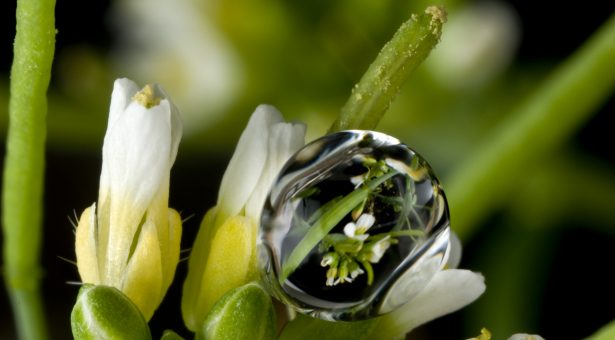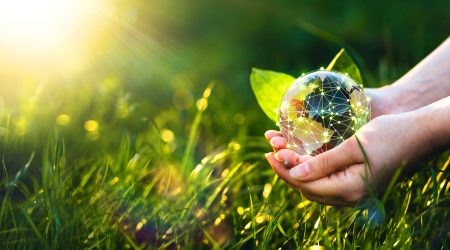Vernalization study defines additional phase in universal epigenetic mechanism

In many plants the timing of flowering is controlled by a range of environmental and molecular signals.
One of these signals, prolonged cold, aligns flowering with spring in a process known as vernalization.
The mechanistic understanding of vernalization has contributed to a growing field of study called epigenetics which explores how the environment affects genes.
An important factor in vernalization is the transcription factor gene Flowering Locus C (FLC).
Winter cold silences FLC expression and this expression is epigenetically maintained providing in the plant a memory of having been exposed to low winter temperatures and allowing the plant to respond to the long days of spring with the onset of flowering.
Previous studies have shown that vernalisation relies on the activity of the Polycomb repressive complex that silences genes, including FLC.
Researchers in the groups of Professors Caroline Dean and Martin Howard at the John Innes Centre study natural variation in this process in Arabidopsis thaliana accessions.
Previous work had shown that Single Nucleotide Polymorphisms (SNPs) – these are single base changes in DNA – affect how much cold is required to silence FLC expression. This study analyses those SNPs and shows how they work in combination to affect the plant’s memory of winter. Studying the silencing in the context of these SNPs defined an additional phase in the sequence of events involved in the Polycomb silencing mechanism.
The findings are likely to have implications for the understanding of flowering time across plants with a broad range of reproductive strategies.
In broader terms, the study defines the multiple stages of Polycomb silencing. These are differentially important dependent on whether cells are dividing and thus DNA replicating – with the SNPs conferring differential stability on those phases. Definition of these phases reveals the parallels in Polycomb silencing across organisms as diverse as plants, flies and humans.



